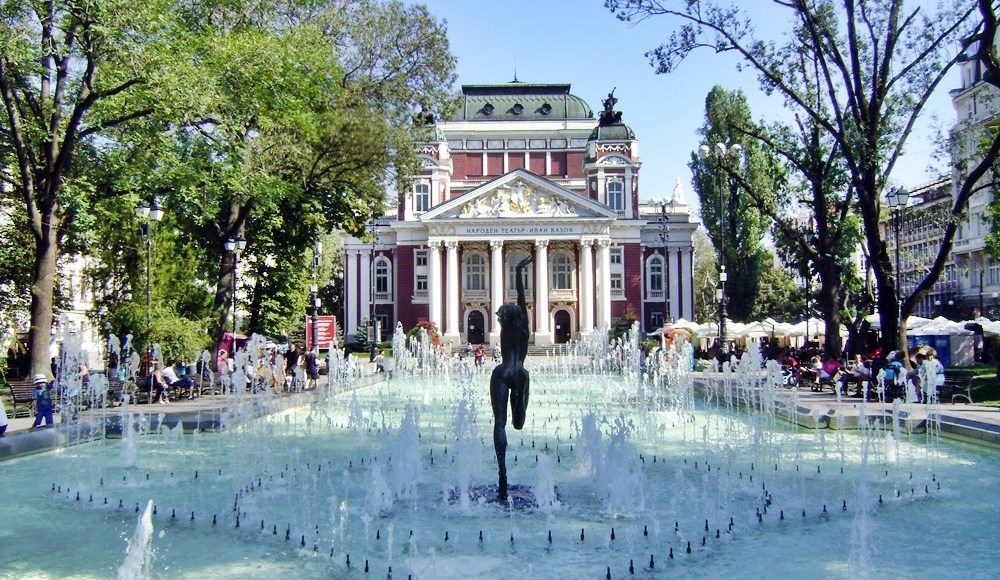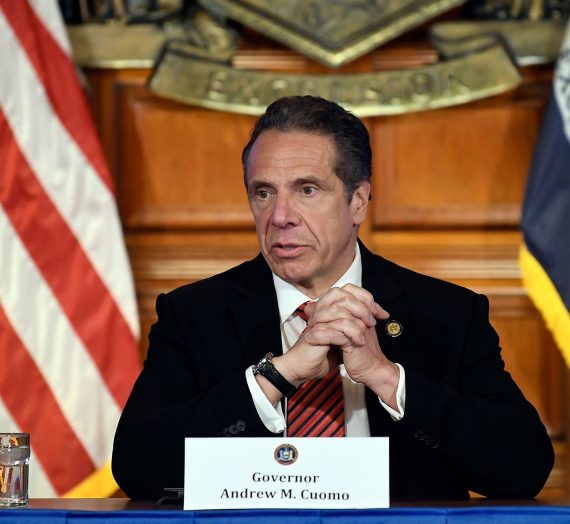Sofia is the meeting point between the East and the West. Bulgaria is the border country between the EU, Turkey, and Russia. Influenced by all these Great Powers, Sofia turned out to be a unique combination of Ottoman heritage, communist leftovers, and European culture. A city as beautiful as its name Sofia’s ancient history is written on its skyline, providing a mixture of classic and modern architecture, and a tale to tell.
The Bulgarian capital is called Sofia after the ancient goddess of knowledge and also the mother of 3 daughters- Love, Hope, and Joy. People believe that all 4 of them are guardians of the city and care for its prosperity.
Geographically speaking, Sofia is situated in the heart of the West Balkans, where once was only one vast country and three like today. After the Great Wars, the country was divided, and Bulgarians chose Sofia as capital to show that the old Balkan heart is still beating.
However, Sofia is not old at all! The city slogan is “Sofia- grows, but never gets old.” This is the largest and most populated city in Bulgaria. It’s a home for over 2 million citizens and keeps growing.
The landscape is so diverse that a stroll in the city center may lead you from ruins of the Last Bulgarian kingdom, to statues of communist figures, and to European Rainesance architecture buildings. The central part of the city is covered by golden paving stones from the nineteenth century marked the path between the most significant institutions: the royal palace (now a gallery), the government building, the Cathedral Saint Aleksander Nevski, the bank, the theater, the library, and the university. All the landmarks were built in the same period by leading architects from Vienne so that they are completely synchronized and rank Sofia among the most beautiful European capitals.
the Cathedral Saint Aleksander Nevski is one of the top largest Christian church buildings in the world. It’s a beautiful and ancient monument from two centuries ago that survived the communist era in Bulgaria when all symbols of faith were destroyed and became Sofia’s most loved gathering spot.

Thanks to its geographical location Sofia is home for people from different faith and color. This is the only European city where the mosque, the synagogue, and the church are located on the same street a few miles away from each other. Although the mosque is a historical monument from the days when Bulgaria was part of the Ottoman Empire, it’s renewed and still the typical place for prayer. Sofia diversity is a charming particularity that promises acceptance and freedom of expression.
Just outside of the historical center is the modern one. Once you get enough of sightseeing, this is the place to go and have fun. Sofia is mostly famous for its night-life. Yalta Club is the oldest club in the Balkans; it opened as a high profile restaurant right after WW2 and still is one of the best clubs in Sofia. Ancient history, modern pop culture, and beautiful people await visitors in Sofia.



